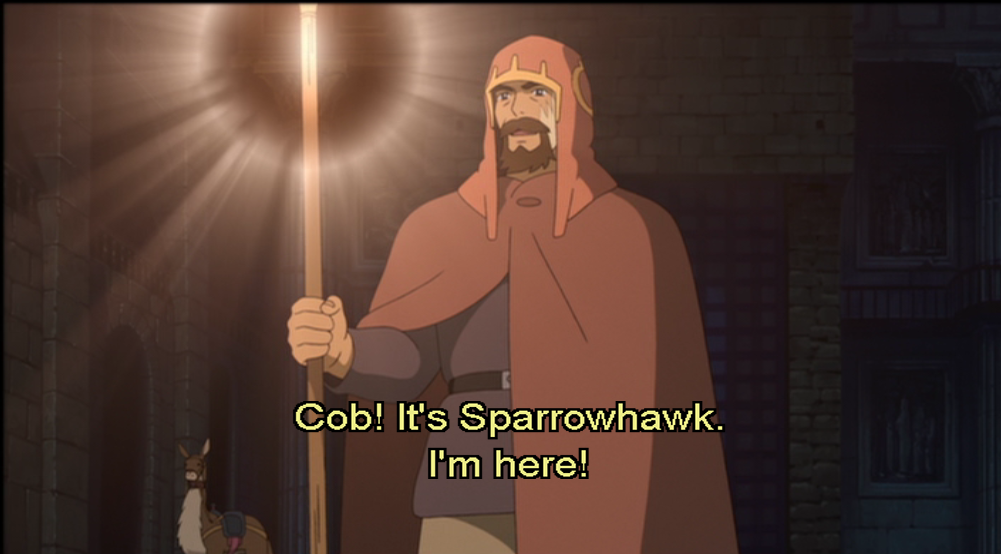Movie Review: Tales from Earthsea (2006) dir. Goro Miyazaki
There is something rotten in the Two Lands. Wizards are losing their powers, dragons are fighting each other, animals and children are dying of disease, storms are getting worse, slavery and drug addiction are on the rise. And also, Prince Arren has just committed an unspeakable crime.

Thus Arren is now a fugitive, fleeing with racking guilt, fits of irrational violence and a sword he cannot unsheath. He is pursued by a shadowy figure of unknown intent. Arren meets the wandering wizard Sparrowhawk, who takes the troubled lad under his wing.
On their way, Sparrowhawk and Arren stop for a bit at the home of Tenar, Sparrowhawk’s old friend and one of the few people who knows his True Name of Ged. She’s taken in a burned and abandoned girl named Therru, who isn’t good with strangers.
Sparrowhawk’s quest to find the source of the imbalance in nature that is causing Earthsea’s problems is closer to completion than he thinks. The wizard Cob, who also runs the local slavery racket, plans to become immortal at any cost to everyone else, and he sees Arren as a way to help accomplish this and get revenge on his old enemy Sparrowhawk.
This movie is loosely based on the much loved Earthsea series of fantasy books by Ursula K. LeGuin. It mashes together the plots of two of the books, while leaving considerable amounts out from those same books. While it’s done in the lovely Ghibli art style (some character designs look awfully familiar), famed director Hayao Miyazaki had temporarily retired at that point, so the direction was by his son Goro.
The art is lovely, there are some nice magical effects, and some excellent moments in the final fight. For a country-spanning menace, it’s a tight cast of characters. (One person with enough resources and selfish goals can ruin the environment for everyone.)
But the movie just is not as good as it could have been. Important bits of explanation are left out, like just how the shadowy figure that pursues Arren ties in to anything, or what’s going on with the huge spoiler twist in the last ten minutes.
Also, the cast’s appearance is influenced by mukokuseki “statelessness”, a generic look designed to make characters look vaguely Japanese to Japanese viewers and “white” to Western viewers, when the book characters are largely dark-skinned. (Sparrowhawk is just tan enough to allow his pale scars to be noticeable.) Therru’s character design was also altered to minimize her extensive burn damage, apparently so the audience would find her cute.
Overall, the movie is a pleasant diversion, but the books are better.

